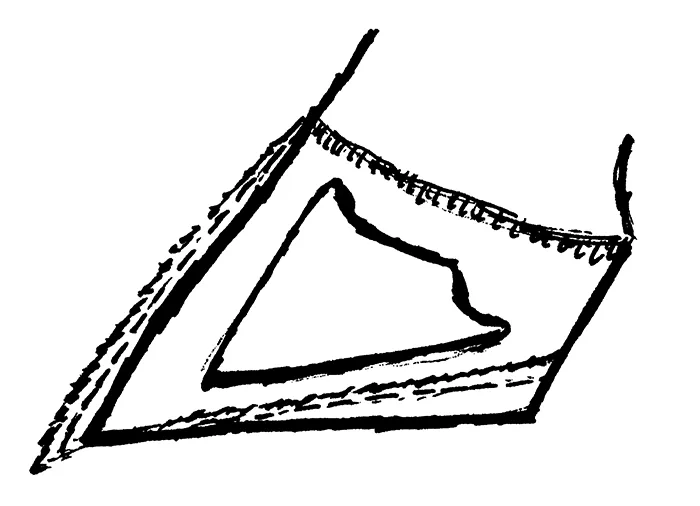American Farriers Journal
American Farriers Journal is the “hands-on” magazine for professional farriers, equine veterinarians and horse care product and service buyers.

FIGURE 1. As the toe is trimmed minimally, the heel is crushing the digital cushion as it becomes more underrun and the palmar/plantar angle decreases. The pastern axis potentially gets broken back more and more.
Conformation has always been seen as an important factor in evaluating the athleticism of a horse and possibly the prevention of lameness problems. But conformational problems alone may not be responsible for the development of bad cases of long-toe, low-heel syndrome.
The symmetry of the right and left side of the horse is probably the simplest and best evaluator of conformation. In Butler’s Principles of Horseshoeing II, 28 different conformational foot defects are shown throughout his chapter titled “Foot Conformation Types.”1
In a study to develop a preventive footcare program, 26 out of 50 horses reported sound by their owners for lower level work had mismatched feet. Mismatched feet were determined by measuring the hoof angle with a hoof gauge and the widest part of the foot.2
Besides mismatched feet, the most important conformational defects that affect a horse — and the recovery of a horse — are a broken back pastern axis, low heels, long toes and zero to negative palmar and plantar coffin bone angles as determined by a lateral radiograph.
Recently veterinarian and researcher Daniel Marks admonished researchers and practitioners about their interpretation of “normal” front foot angles as being between 45 to 50 degrees. His conclusion upon reviewing various authors, was that front hoof angles should…